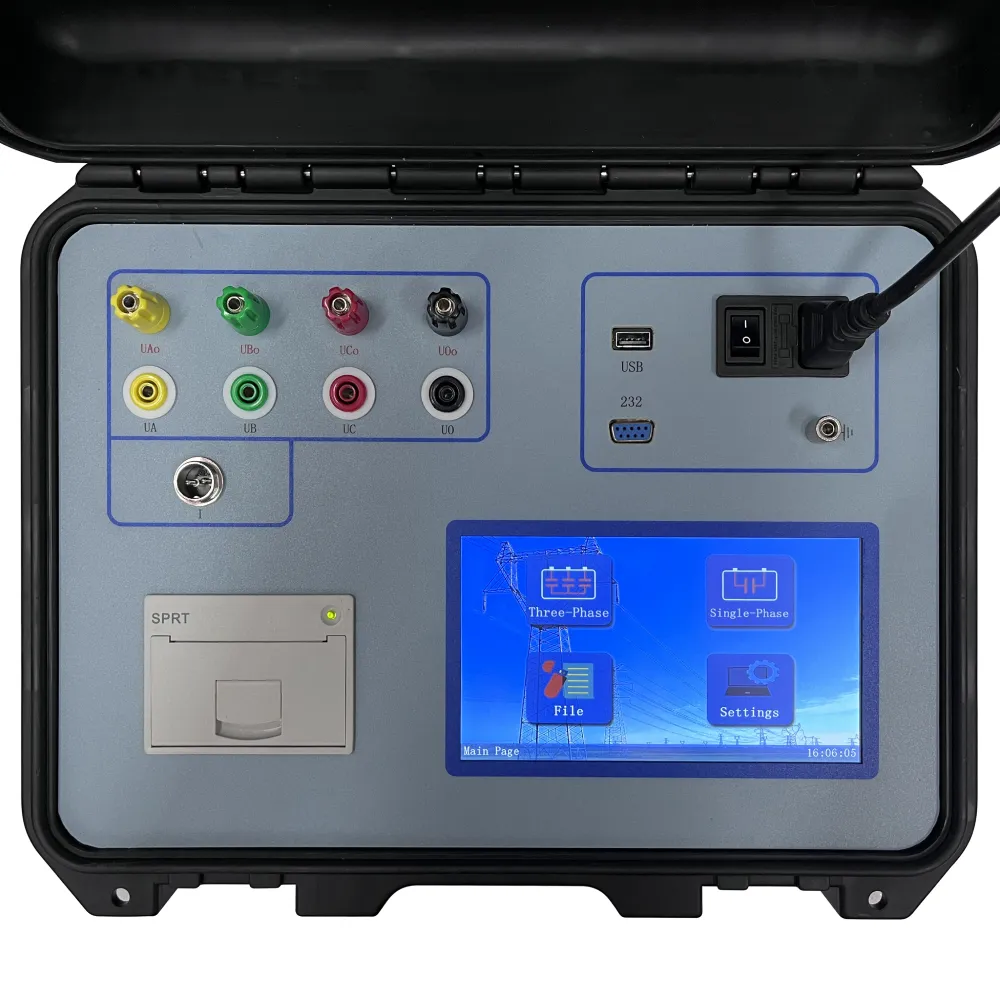 English
English


Development of an Enhanced Gas Chromatography Technique for Improved Chemical Analysis in Laboratory Settings
Gas Chromatography Principles and Applications
Gas chromatography (GC) is a powerful analytical technique widely used for separating and analyzing compounds that can be vaporized without decomposition. It has become an essential tool in various fields, including environmental monitoring, food and beverage analysis, clinical diagnostics, and petrochemical industry. This article will delve into the principles of gas chromatography, its operational process, and some of its practical applications.
Principles of Gas Chromatography
The fundamental principle of gas chromatography is based on the distribution of chemical compounds between a stationary phase and a mobile phase. In GC, the mobile phase is an inert gas, typically helium or nitrogen, which transports the sample through the chromatographic column. The stationary phase, on the other hand, is a thin film of liquid or a solid adsorbent that coats the inner surface of the column.
When a sample mixture is injected into the system, it vaporizes in the injection port and is carried into the column by the mobile gas. Different components of the mixture interact with the stationary phase at varying degrees, causing them to travel through the column at different rates. Compounds with stronger interactions with the stationary phase will elute slower, while those with weaker interactions will elute faster. The time it takes for each component to pass through the column is referred to as its retention time, which can be used to identify and quantify substances in the mixture.
Operational Process
The gas chromatography process involves several key components the injector, the column, the detector, and a data analysis system
.1. Injector The sample is introduced into the GC system through an injector, often equipped with a heated port to ensure complete vaporization.
2. Column The heart of the GC system, the column, can be either packed or capillary type. Capillary columns are more common due to their higher resolution and efficiency. The choice of stationary phase and column dimensions can greatly influence separation effectiveness.
3. Detector As compounds exit the column, they pass through a detector which converts their presence into a measurable signal. Common detectors include flame ionization detectors (FID) and thermal conductivity detectors (TCD), each suitable for different applications.
gas chromatography method

4. Data Analysis The signals produced by the detector are recorded and processed, typically using specialized software, generating a chromatogram that displays peaks corresponding to each compound. The area under each peak is proportional to the amount of that compound in the mixture.
Applications of Gas Chromatography
Gas chromatography is employed across various sectors due to its versatility and effectiveness.
- Environmental Monitoring GC is utilized to analyze air pollutants, soil contaminants, and water quality. It identifies volatile organic compounds (VOCs) and pesticides, crucial for assessing environmental health.
- Food and Beverage Industry In this sector, gas chromatography ensures the quality and safety of products by detecting artificial flavors, preservatives, and contaminants. It is also used in aroma profiling to enhance food quality.
- Clinical Diagnostics GC plays a pivotal role in toxicology, allowing for the detection of drugs and metabolites in biological fluids. This is vital for both therapeutic drug monitoring and forensic investigations.
- Petrochemical Industry GC is extensively used for characterizing complex mixtures like crude oil and natural gas, helping in the analysis of hydrocarbon profiles and optimizing the production process.
Conclusion
Gas chromatography is an invaluable analytical tool that has revolutionized many scientific and industrial fields. Its ability to provide accurate, reliable, and efficient separation and analysis of volatile compounds makes it indispensable for researchers and professionals alike. As technology advances, the applications and capabilities of gas chromatography are expected to expand, paving the way for new discoveries and innovations in various domains.
-
Differences between open cup flash point tester and closed cup flash point testerNewsOct.31,2024
-
The Reliable Load Tap ChangerNewsOct.23,2024
-
The Essential Guide to Hipot TestersNewsOct.23,2024
-
The Digital Insulation TesterNewsOct.23,2024
-
The Best Earth Loop Impedance Tester for SaleNewsOct.23,2024
-
Tan Delta Tester--The Essential Tool for Electrical Insulation TestingNewsOct.23,2024





